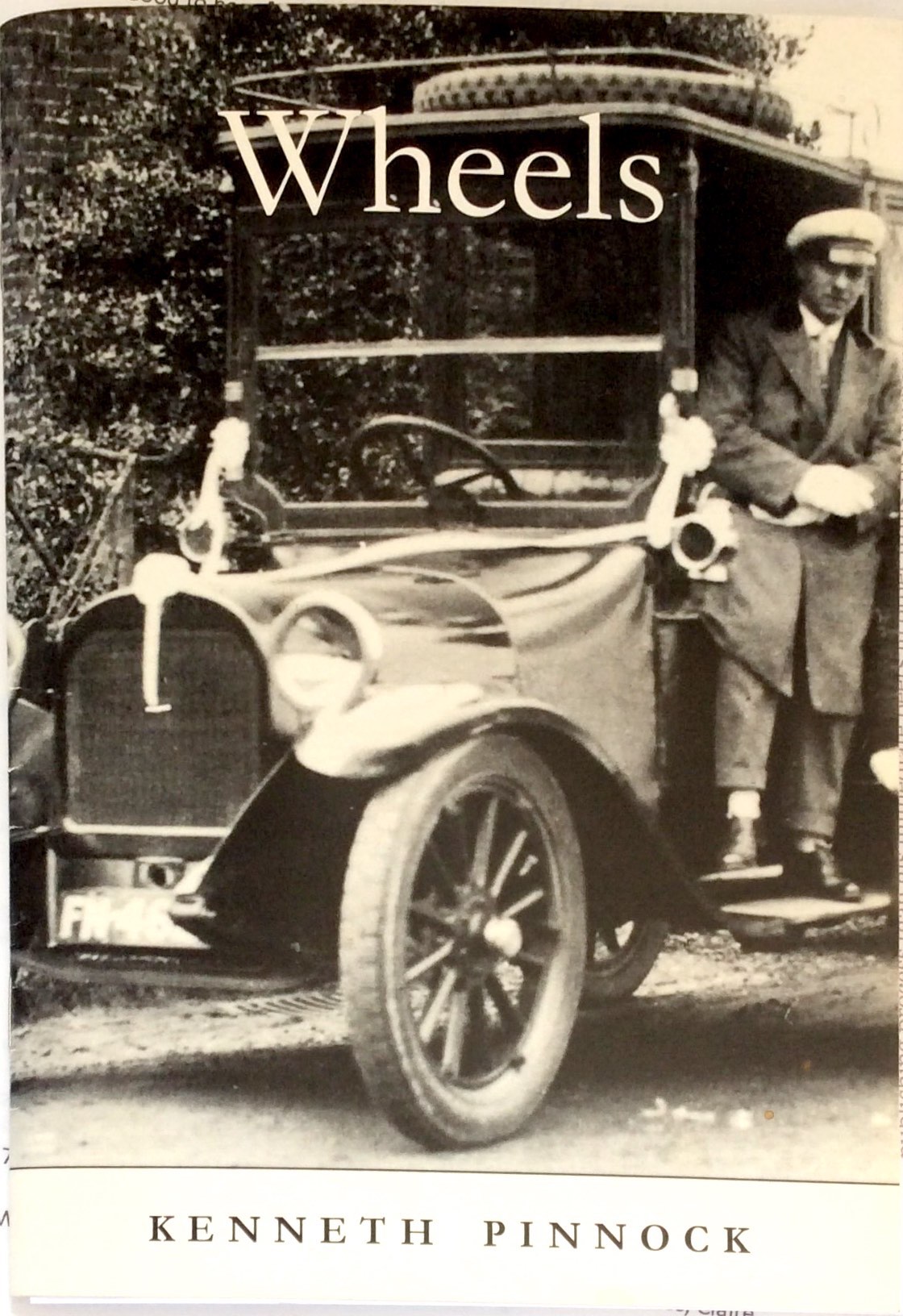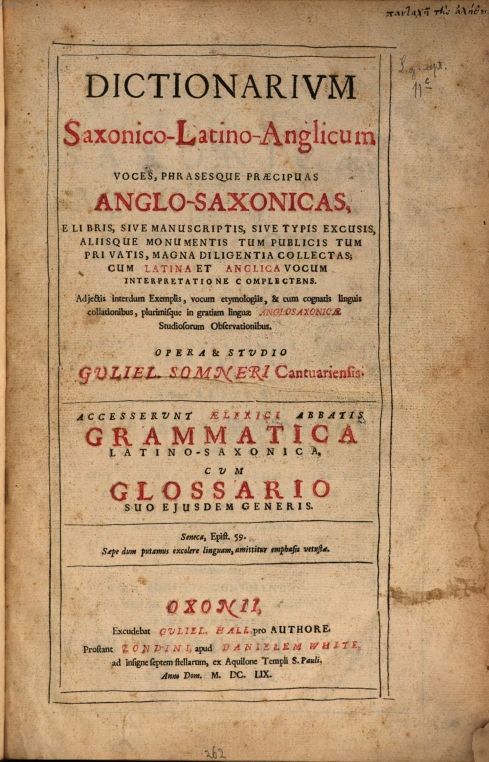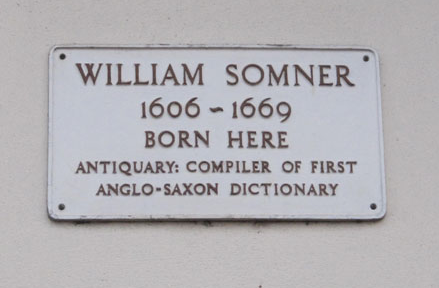The dung heap in St George’s Lane
 In 2005 an old friend, the late Kenneth Pinnock, published a small autobiographical booklet called Wheels: A Boy in Canterbury in the 1920s. He described the premises of his father’s horse-drawn haulage, taxi and bus business in St George’s Lane with its stable block in the Mews:
In 2005 an old friend, the late Kenneth Pinnock, published a small autobiographical booklet called Wheels: A Boy in Canterbury in the 1920s. He described the premises of his father’s horse-drawn haulage, taxi and bus business in St George’s Lane with its stable block in the Mews:
an acre or thereabouts of yards, stables and garages stretching from the main entrance on Watling Street to the double doors at the rear which faced down St George’s Lane. Adjoining this rear entrance there was a collection of tarred timber buildings in Gravel Walk which seemed to have come straight out of some farmyard.
(Kenneth Pinnock, Wheels, 2005, p. 4.)

The stables were approximately where Boots the Chemist is currently located. Walter E. Pinnock and his family lived at 10 St George’s Terrace, which backed on to his business premises in St George’s Lane.
The account continues with a mention of the word which is the subject of this blog:
Once through the gate, the farmyard impression was intensified by the stench of the great manure heap – the ‘maxel’, I think my father called it, though I have not found the word in any dictionary.
Kenneth asked me if I knew the origin of the word ‘maxel’ but I drew a blank at the time.
 Title page of Somner’s Dictionarium from Bayerische Staatsbibliothek, Munich
Title page of Somner’s Dictionarium from Bayerische Staatsbibliothek, Munich However, a visit to see the garden at the Orangery at Mystole near Chartham in Kent has enabled me to verify the word for Kenneth’s father’s manure heap. According to Judith Glover’s The Place Names of Kent (1982, p. 132), the name Mystole is derived from the Old English ‘meox steall’ or dung shed. ‘Meox’ is the Old English word for dung, connected to the modern word ‘muck’, so Mystole would originally have been ‘muck stall’. Kenneth Pinnock had probably heard his father correctly.
In his Dictionarium Saxonico-latino-Anglicum, the seventeenth-century Canterbury Anglo-Saxon scholar William Somner gives an entry for ‘meox’ (Oxford, 1659, page Cc2r).
 W. Somner, Dictionarium, Oxford, 1659, CC2r.
W. Somner, Dictionarium, Oxford, 1659, CC2r.‘Maxel’ appears to have been a Kentish dialect word for a manure heap. It seems to be derived from ‘meox-hyll’ or dung hill. The Dictionary of the Kentish Dialect and Provincialisms (W.D. Parish and W.F. Shaw, 1888, p. 99) lists related synonyms ‘maxhill’, ‘maxul’, ‘maxon’ as well as ‘misken’ and ‘mixon’. A full description of the sort of arrangement which might have been found in the Pinnock stables is given in the online A Dictionary of Kent Dialect :
A dung or manure Maxon is a specially built-up box-like oblong of stable, cow-shed or pig-sty manure: sometime separately, sometimes of all three. Some of these manure-heaps measure many yards in length and width, and sometimes are as much as six feet in height.
(A Dictionary of Kent Dialect, Kent Archaeological Society, 2008, http://www.kentarchaeology.ac/cassets/KentishDialect.pdf, citing F.W.T. Sanders, The Dialect of Kent, (Private limited edition, 1950, p. 64)
William Somner, the author of the Anglo-Saxon dictionary, would have been familiar with the seventeenth-century predecessors of Walter Pinnock’s maxel; he lived in Castle Street, just a few streets away from St George’s Lane.
 Plaque on 5 Castle Street, Canterbury
Plaque on 5 Castle Street, Canterbury(courtesy of Canterbury Historical and Archaeological Society,
http://www.canterbury-archaeology.org.uk/somner/4590809548)
Note: Kenneth Pinnock repeated the question about the ‘maxel’ in A Canterbury Childhood (2009, p. 45). My thanks to David Lewis for this information.